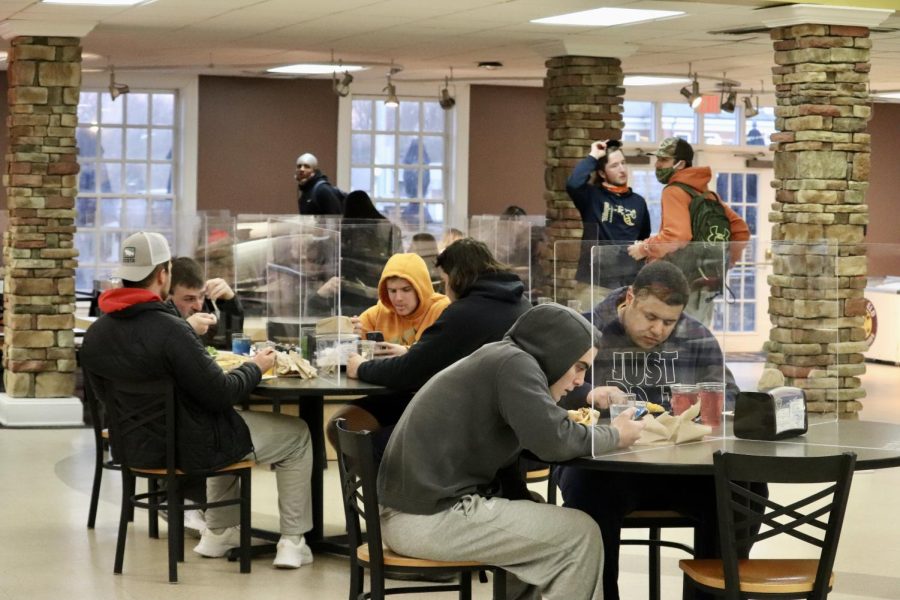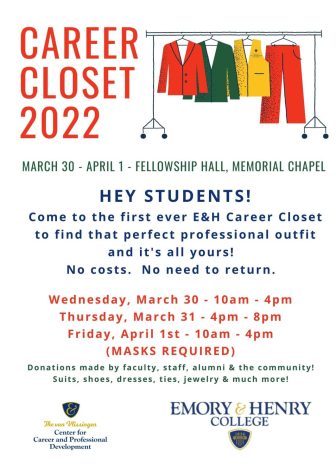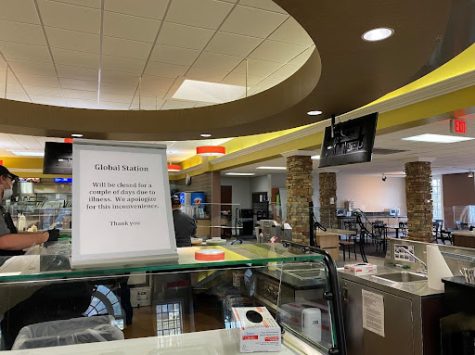Staffing Shortages and Other Factors Complicate Student Nutrition
Staffing shortages, limited to-go boxes, limited hours, and other factors have caused frustration surrounding nutrition for many students
Recent changes in Dining Services – including the return of indoor dining at the Caf, a periodic closure of Simply To-Go, and overall staffing shortages – have complicated student nutrition on campus.
Further limitations include the to-go only option being limited to a single biodegradable tray. For some, like student athletes with special time constraints and students who have extra dietary needs, the staffing shortages and policies mean even more frustration.
As of the current semester, over 435 students on the main campus are student athletes. The average student athlete requires approximately 500 to 1,000 additional calories to sustain their body weight according to a study published on FamilyDoctor. Under the one-box system, these athletes may not be able to fulfill these requirements, especially if choosing high quantity produce and protein options. Further, with the frequent shut down of Simply To-Go, located in MS, options are under extreme constraints.
As published in a study from Texas A&M, equestrian athletes burn anywhere from 250 to 400 calories per hour of riding, not including additional calories burned during animal maintenance and more advanced training.
Student equestrian and runner Grace Schubert feels that the time constraints of her sport combined with recent staffing issues make proper nutrition more difficult.
“I hardly have any time to get a meal, unless it’s at 8 o’clock at night,” Schubert said. “When Simply To-Go is closed, I don’t get to eat until extremely late. That’s not good for me physically or mentally.”
In part due to these constraints, Schubert switched to the 14 meal per-week plan so she has extra funds to eat off of campus.
First-year Sam Nelson lives with Celiac’s disease, which causes dangerous sensitivity within the body to gluten, and has also encountered problems with limited meal options. While the Caf does offer some gluten free foods, these pre-packaged items are often taken by students who seek easily carried, pre-packaged foods to take to-go. Nelson feels that her only option at the Caf other than these items is the salad bar, and even its providings are slim.
“I have quite a few classes at the equestrian center which makes it almost impossible to eat on campus,” Nelson said. “None of the food at the Hut fits my allergies and I feel like most staff members who serve food at the Caf don’t know every single ingredient that goes into it. They don’t have time to search for someone who does or pull up ingredient lists.”
Nelson also feels that part of the lack of knowledge in the food being served comes from the staffing issues, as some other students have started working for Dining Services across campus. In effect, she feels that the situation is “a nightmare” for those with extra dietary needs.
The process of switching meal plans also became a struggle for first-year Nelson, who tried to switch to the 10-meal plan. First-year students are typically not allowed to have such a low-meal plan. Nearly ten emails sent over three weeks yielded no results; however, Dining Services assured her it had been changed.
With the ongoing changes in staffing relating to the pandemic showing little signs of improvement, athletes like Schubert and those with dietary needs like Nelson are left feeling frustrated.
“The most frustrating thing about this is that the school website says they are super good about allergies; it was one of my deciding factors in coming to E&H,” Nelson added.













